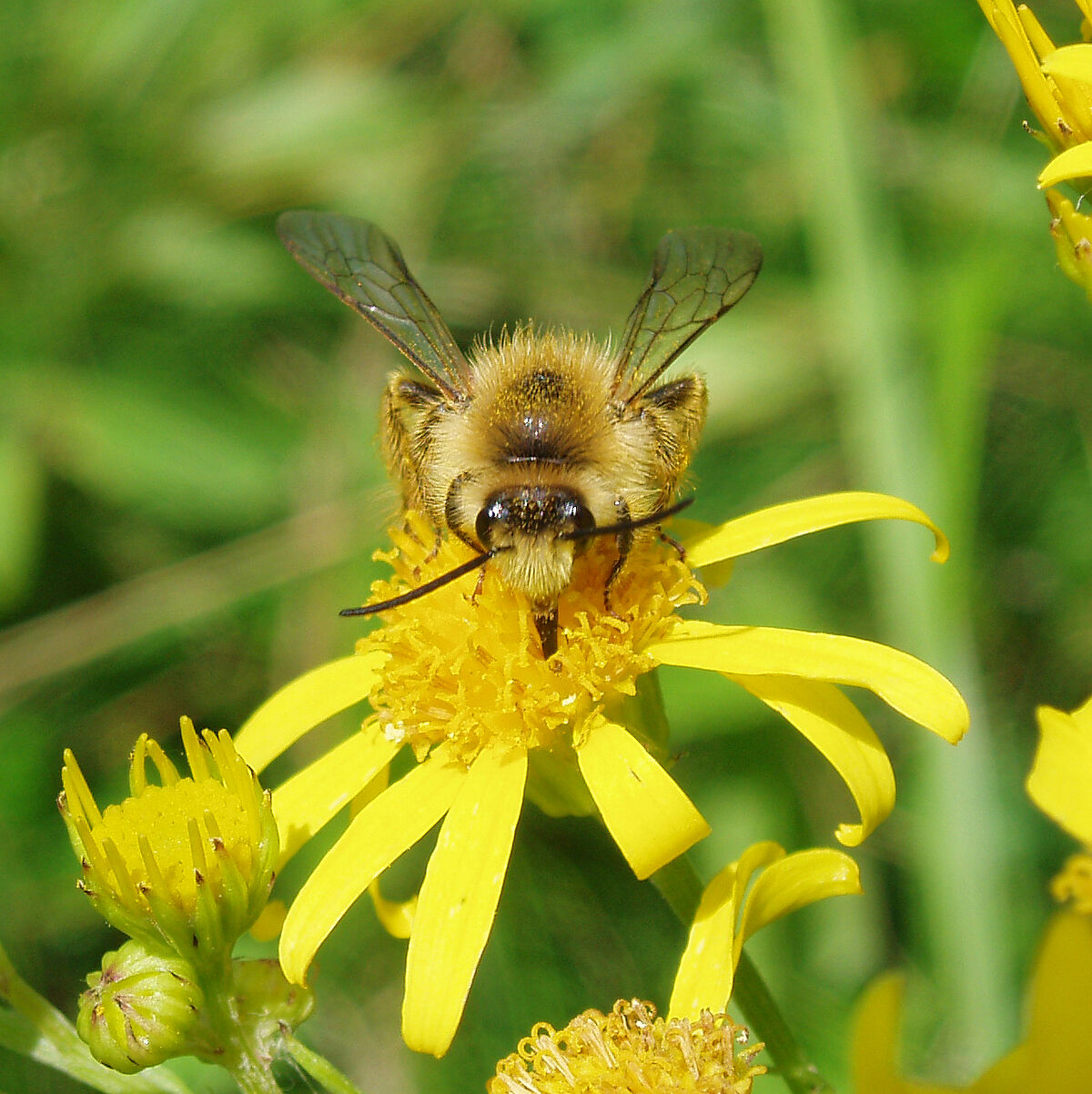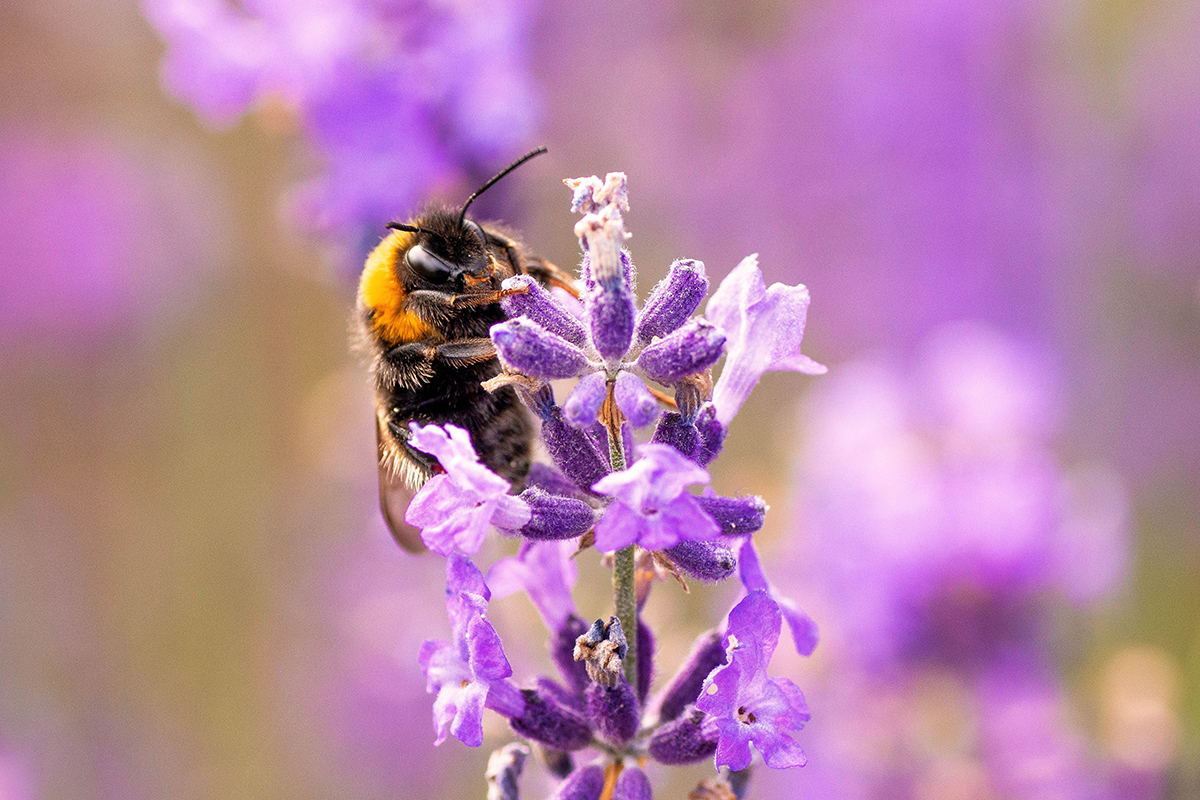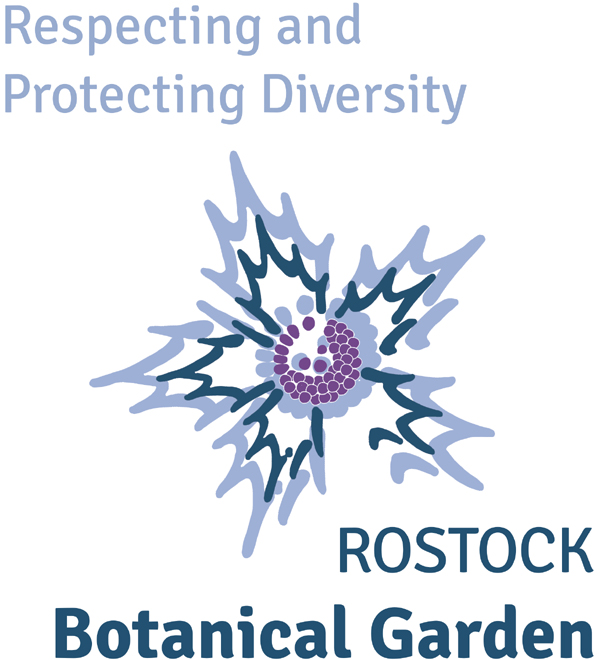Bees as Pollinators: Bee Information Garden
Bees have long been beloved by humans: they produce delicious honey and fragrant wax and their industrious and defensive nature and societal structures have been the subject of books, theater productions and films. Bees, however, deserve our sympathy and appreciation even more for pollinating most of the world's flowering plants. Without their pollination service, there would be no sexual reproduction and thus no fruits and seeds in about 80% of all flowering plants (angiosperms). We usually think only of the honey bee, because in Germany it is the only bee species which forms large colonies organized in hives, and produces larger quantities of honey to feed their offspring. However, it is only one of almost 600 bee species in Germany and about 20,000 worldwide that pollinate flowers unfailingly and occasionally in a highly specialized manner. While beetles, flies and butterflies (to a lesser extent also birds and flying foxes) also provide pollination services, bees form the largest and most important group of pollinators in the world. The economic value of their pollination of crops is immense, estimated at over 300 billion Euros per year worldwide.
Today, the diversity of insects in urban areas and botanical gardens is often greater than in the surrounding open landscape. This pattern represents just the diversity remaining due to the general dramatic decline in insects. It is a consequence of the increased clearing of landscapes and intensification of their use. In particular the many wild bees that are specialized pollinators of individual plant species tend to find these rare plants in botanical gardens, allowing them to settle there and enrich the insect community. The thousands of wild bee species are responsible for the pollination and reproduction of many thousands of plant species, including about 80% of all plant species used by humans, making botanical gardens predestined places for educating the public on pollination, an ecosystem service essential for human survival.
To this end, the Botanical Garden, together with beekeeper Sonja Schweinitz, runs an educational program ("Bee Information Garden") with three honey bee colonies, a bee showcase, seven nesting sites for wild bees and other insects, and informative materials in the western part of the garden. In addition to learning how to correctly house and keep honey bees and wild bees, a focus is put on the habitats, food plants, and further resources they require, which are necessary for their entire life cycle throughout the year. Only by providing all of the important life-support systems, pollinating insects will be able to survive and perform their irreplaceable pollination services for plants.
In-depth information on the underlying topic is provided on this page.



